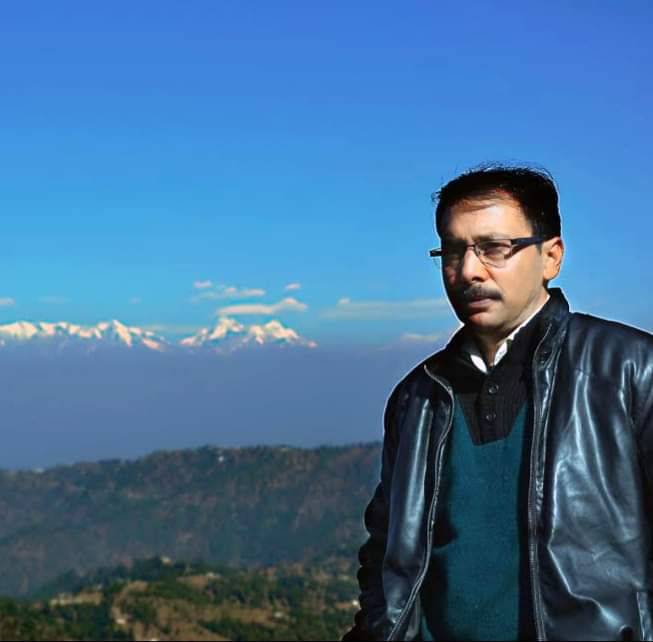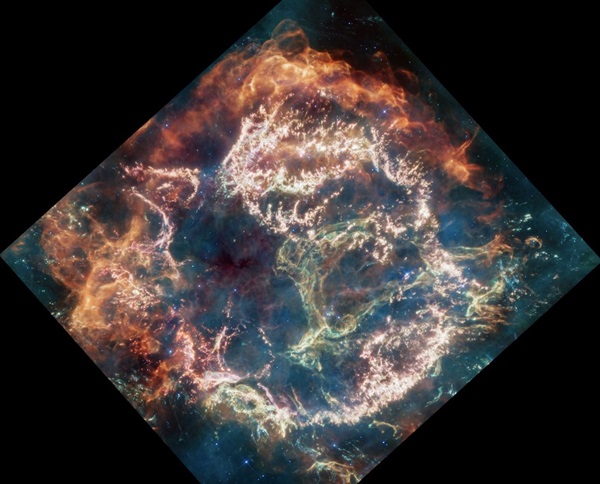New discovery reveals the secret – when, how and where did light come from in the universe
We all know that from where the light comes to the earth through the sun. But before today no one knew when and how the light first appeared in our universe. Till now it was a mystery, but now it is not a mystery. NASA scientists have revealed this. Through NASA’s James Webb Space Telescope, it was found that light came into the universe 4 million years after the Big Bang and this light became possible after the origin of galaxies. As stars continued to form in the Milky Way, the universe continued to illuminate. This was discovered by the scientists of NASA.
It was detected by 717 ancient galaxies discovered by NASA’s Webb Space Telescope. These were the first galaxies after the origin of the universe. Who filled the black universe with light. Scientists claim that 93 percent of the new galaxies discovered by Webb had never been observed before.
This discovery has been done under the Advanced Deep Extragalactic Survey. Whose task is to search the ancient galaxies of space. Lead author Kevin Hanlein, assistant research professor at Steward Observatory in Arizona, revealed the mystery at the 242nd meeting of the American Astronomical Society. Scientists say that this discovery of James Webb Telescope is like a handful of galaxies present in the universe. But it is enough to know that the universe was illuminated by his light. That’s why the search for ancient galaxies is very important. This discovery will help in understanding the continuous development of the universe. This reveals how the first galaxies and stars may have formed. Scientists say that the clean universe we see today was not at all like that in the past, but was very chaotic and used to have a dusty atmosphere. According to the theory of the ancient state of the universe, this stage of the evolution of the universe is called the era of reionization, which began about 400,000 years after the Big Bang. The first generations of stars were then thought to have 30 to 300 times the mass of our Sun and millions of times more, and in the formation of the universe, ultraviolet starlight re-ionized the universe by splitting its abundant hydrogen atoms into protons and electrons. This process lasted for a billion years after the Big Bang.
Dr. Shashibhushan Pandey, senior astronomer of Aryabhatta Observational Science Research Institute, ARIES, says that even today we have not been able to understand the deep secrets of the universe properly. This requires continuous study. The discovery of 717 ancient galaxies is indeed commendable. This will help us understand the creation of the universe.
Source and photo: Earth Sky

Journalist Space science.
Working with India’s leading news paper.
और अधिक जानें

